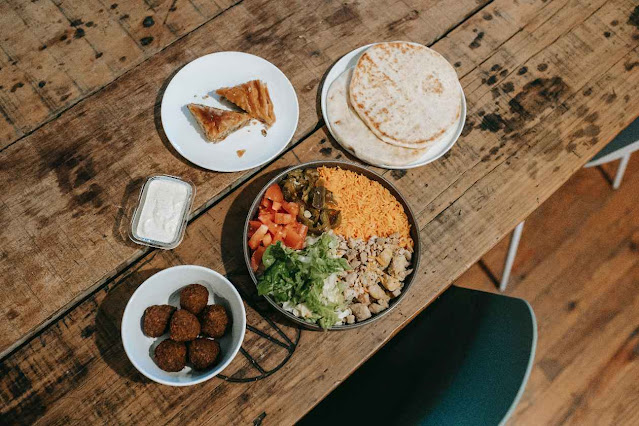The Indian Spices History
Indian cuisine is renowned for its rich and diverse flavors, with spices playing a crucial role in its evolution. From turmeric to cumin, coriander to cardamom, Indian spices have been used for centuries to add depth and complexity to dishes, as well as for their numerous health benefits.In this article, we explore the history and significance of Indian spices and how they have become an integral part of Indian cuisine.
Ancient Indian Cooking
The use of spices in Indian cuisine dates back to ancient times, with references to spices found in ancient texts and records. Spices like turmeric, cinnamon, and cardamom were used not only for their flavor, bt also for their medicinal properties, playing a crucial role in traditional medicine systems like Ayurveda.In addition to their health benefits, Indian spices were also used as a form of currency, with many spices being highly valued and traded across the world. During the colonial era,
The Colonial Era of Indian Spices
Indian spices were in high demand and became a key source of wealth for the country, with European powers like the Portuguese and Dutch establishing trading posts in India to secure their supply.
The use of spices in Indian cuisine dates back to ancient times, with references to spices found in ancient texts and records. For example, the Vedas, ancient Hindu scriptures, mention the use of spices such as turmeric and cardamom for their medicinal properties.
During the reign of the Mughal Empire (1526-1857), spices like saffron, cardamom, and cinnamon were widely used in dishes to add flavor and aroma, with the Mughal cuisine becoming renowned for its rich and aromatic dishes.
In addition to their health benefits, Indian spices were also used as a form of currency, with many spices being highly valued and traded across the world.
In addition to their health benefits, Indian spices were also used as a form of currency, with many spices being highly valued and traded across the world.
During the colonial era, Indian spices were in high demand and became a key source of wealth for the country, with European powers like the Portuguese and Dutch establishing trading posts in India to secure their supply.
For example, the Portuguese explorer Vasco da Gama reached India in 1498, marking the beginning of European colonial expansion in the country and the beginning of the spice trade.
Today, Indian spices continue to play a crucial role in Indian cuisine, with the use of different spices varying from region to region, reflecting the diversity of India's food culture.
Today, Indian spices continue to play a crucial role in Indian cuisine, with the use of different spices varying from region to region, reflecting the diversity of India's food culture.
From the spicy and tangy flavors of South Indian cuisine to the rich and aromatic dishes of North Indian cuisine, Indian spices add depth and complexity to dishes, making each meal a unique and memorable experience.
Conclusion:
In conclusion, the history and significance of Indian spices cannot be overstated. From their use in ancient times to their role in shaping Indian cuisine today, Indian spices have played a crucial role in the evolution of India's food culture.
Whether used for their flavor, health benefits, or as a form of currency, Indian spices are an integral part of India's rich culinary heritage, making each meal a unique and memorable experience.


